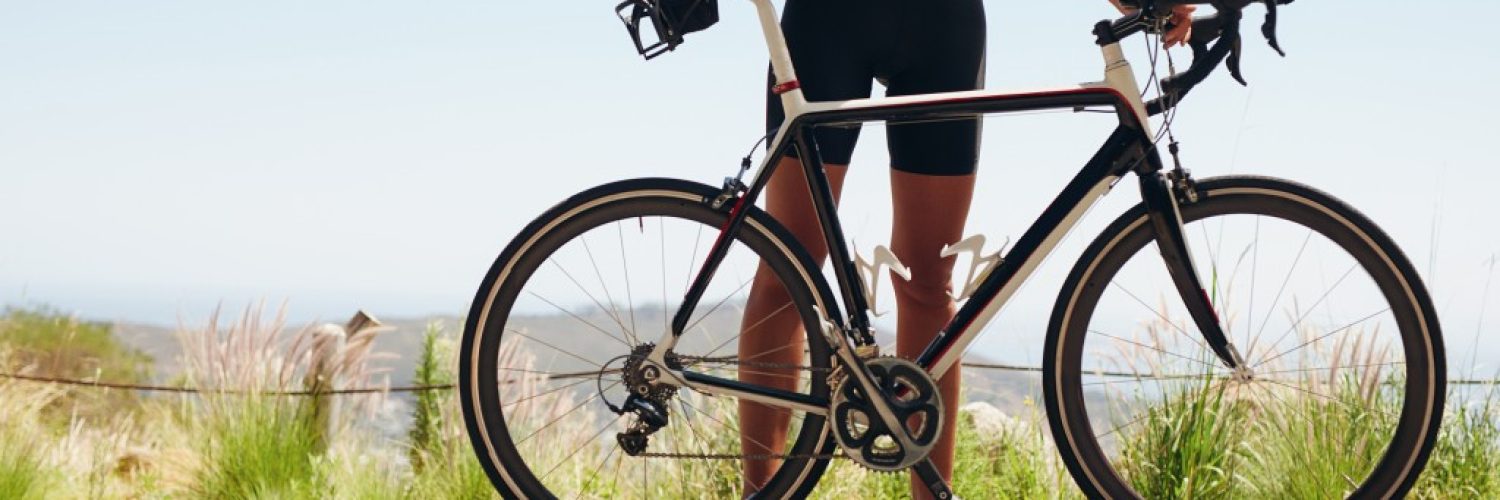People own bicycles for many different reasons — some for exercising, sporting, and leisure cycling, while others use it as a primary mode of transport. Whatever your reason is, you need a bike that is in pretty good shape because it will serve you better and longer.
Explore some of the basic ways to keep your bike well-maintained.
1. Keep it clean
This is the most basic maintenance tip. If you want your bike to be in good shape. A clean bike also rides better for longer and is safe to ride as well. You can use normal dishwashing liquid soap to clean it. To scrub off clogs and other stubborn dirt, use a hard brush.
If the bike is just dusty, you can sponge it with soapy water and rinse off with clean water. Wipe off each part carefully as you remove any debris stuck on the pedals or other parts. Did you know that dirty wheel rims cause 50% of the time, the screeching noise from the brakes?
Yes, cleaning can solve half of these bike issues. Moreover, it is important that you put your bike in a shelter when you are not using it. If you have none yet, then you may tap a contractor building cycle shelters in the UK.
2. Avoid riding with deflated wheels
There are definitely different types of tyres for bikes, and each type demands a certain amount of air filled in. Otherwise, it will get punctured. Ensure that you regularly check the tyres for pressure. Pump it as soon as you notice air going down.
Most bikes come with a hand pump, but if you can get the track pump which comes with a pressure gauge, then the better. Never ride a bike that is punctured or not well-inflated. You risk tearing it even more, and besides, it is not safe.
3. Ensure that it is well lubricated

First, clean and then apply bike lubricant to every part where metal meets metal. Oiling dirty bike parts only contributes to more wear, rusting, and corrosion as a result of friction.
When oiling, focus more on the chain, brakes, pedals and derailleur assemblies. Be sure to use the right amount of lubricant. Too much and it will attract dirt and too little causes friction.
4. Always check the brakes
This is more of a safety concern than it is about durability. If your brakes are faulty, then the bike is as good as dead. So, it is important that you regularly inspect the condition of the brakes.
Check the pads, the cables, the handle clamp, and the brake handles. Replace any worn out brake parts as soon as possible and oil those that need lubrication.
Cleaning and regular bike inspection are sure ways to maintain your bike. It will help you identify any issues as soon as possible as well as prevent any further damage. Also, ensure that you use bike parts from reputable bike repair shops and that your bike stays under a shelter when not in use. This is doable even when not at home because there are lots of cycle shelters in the UK that you can use.

